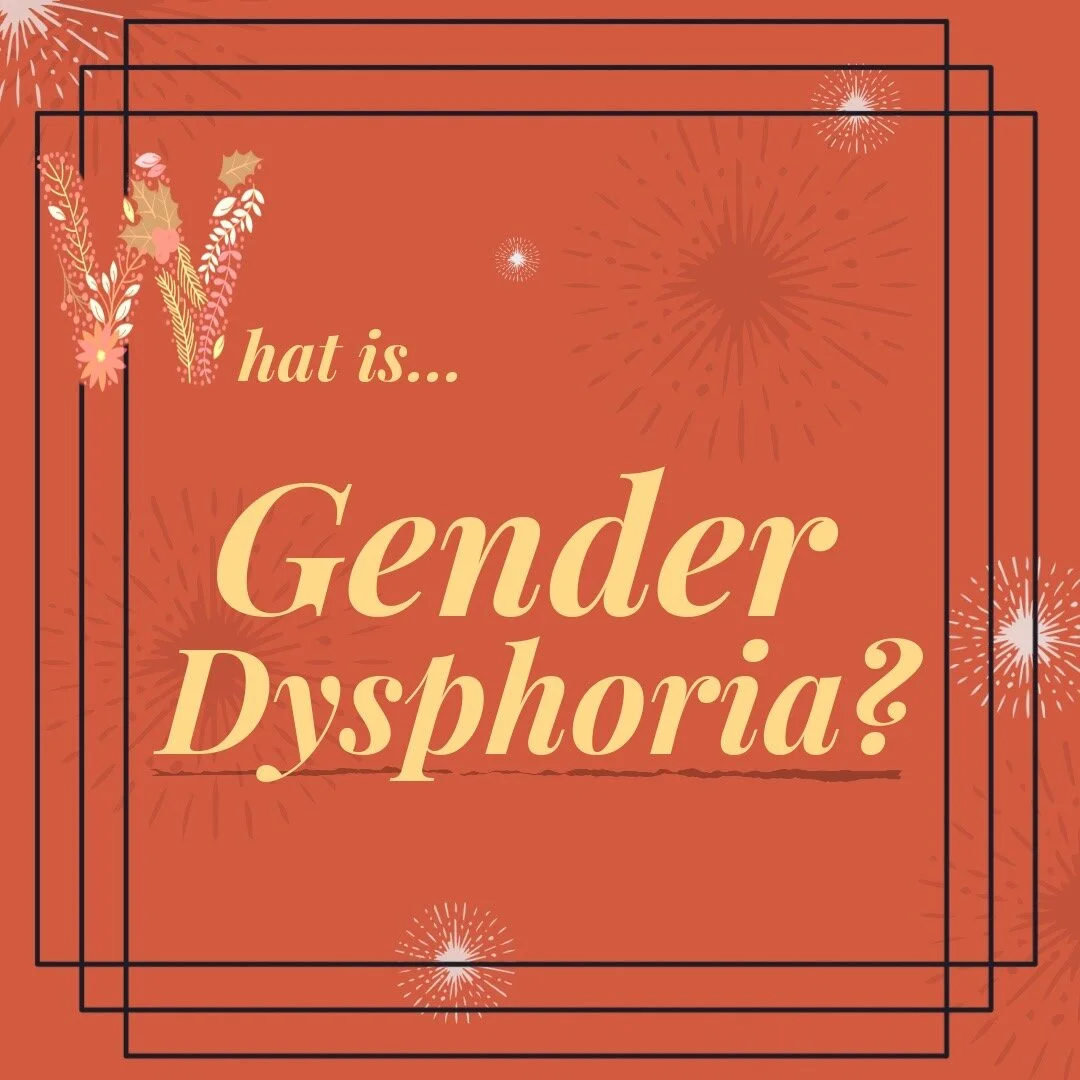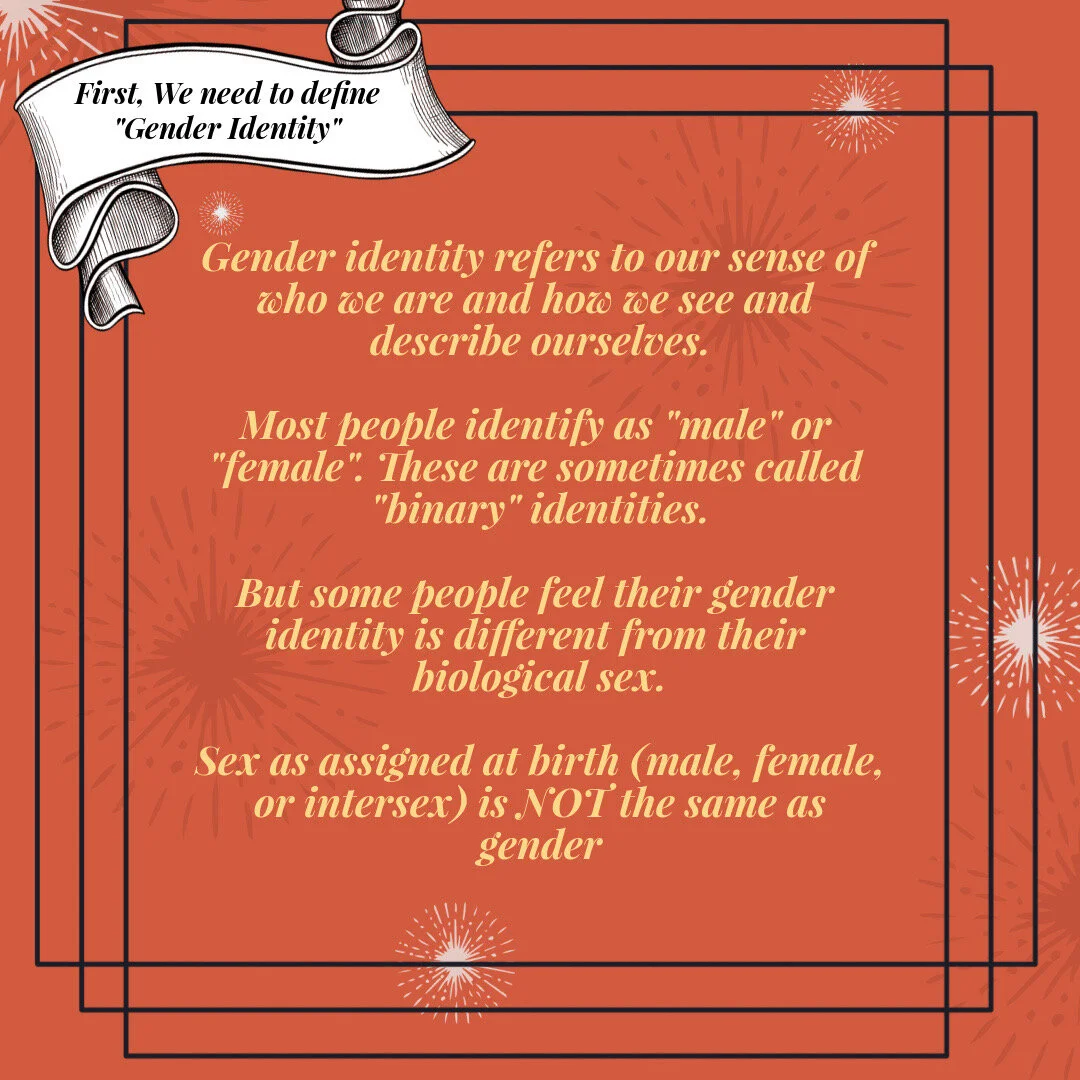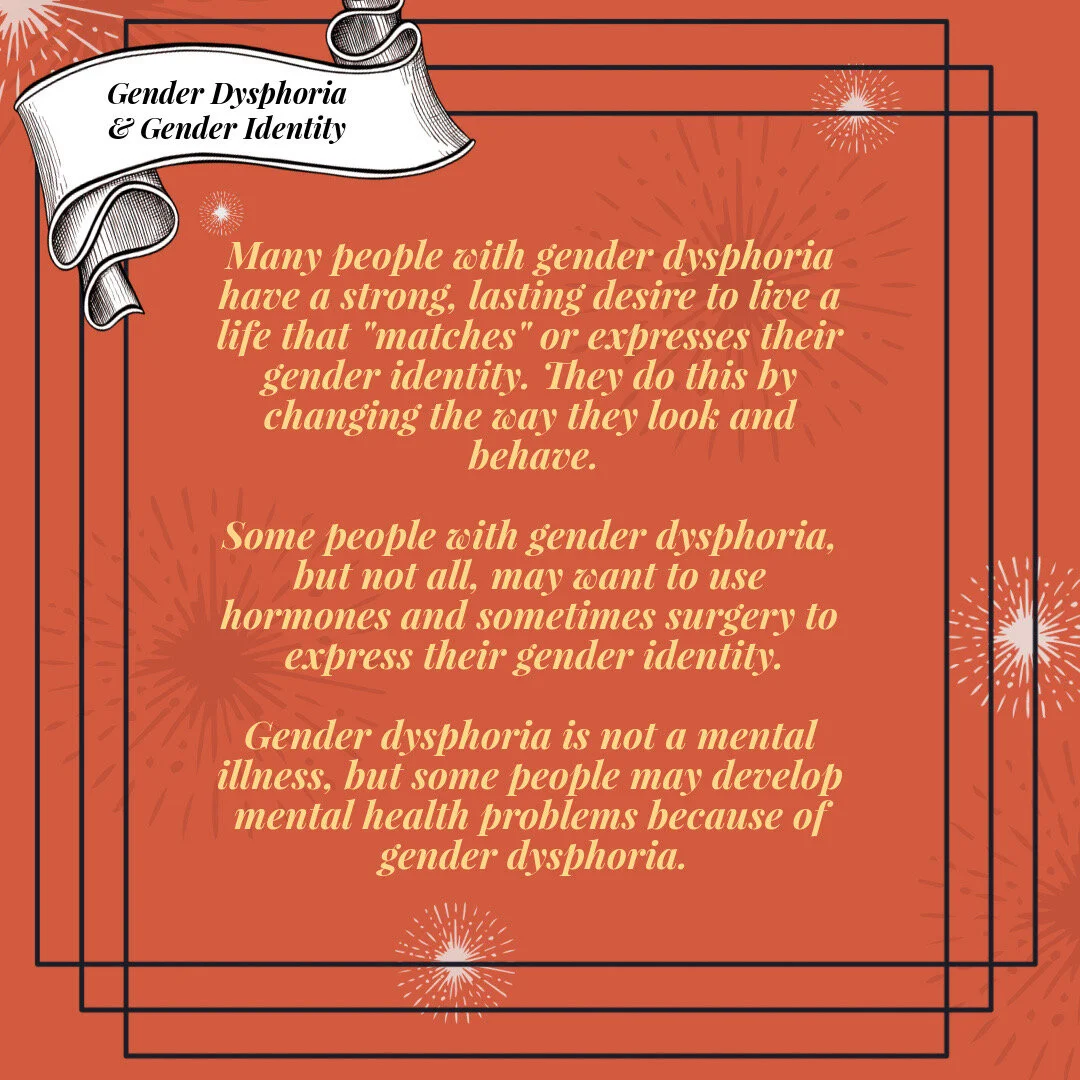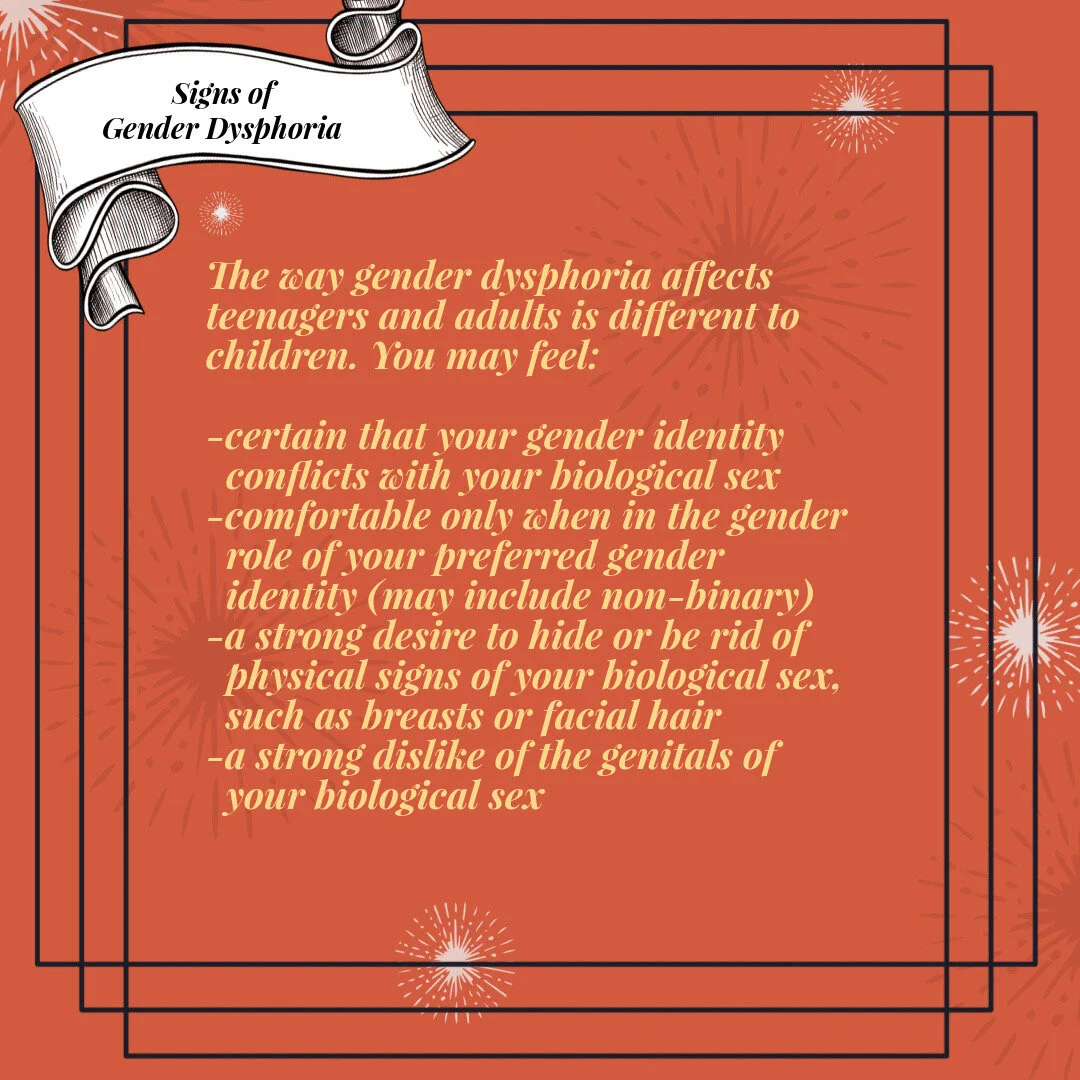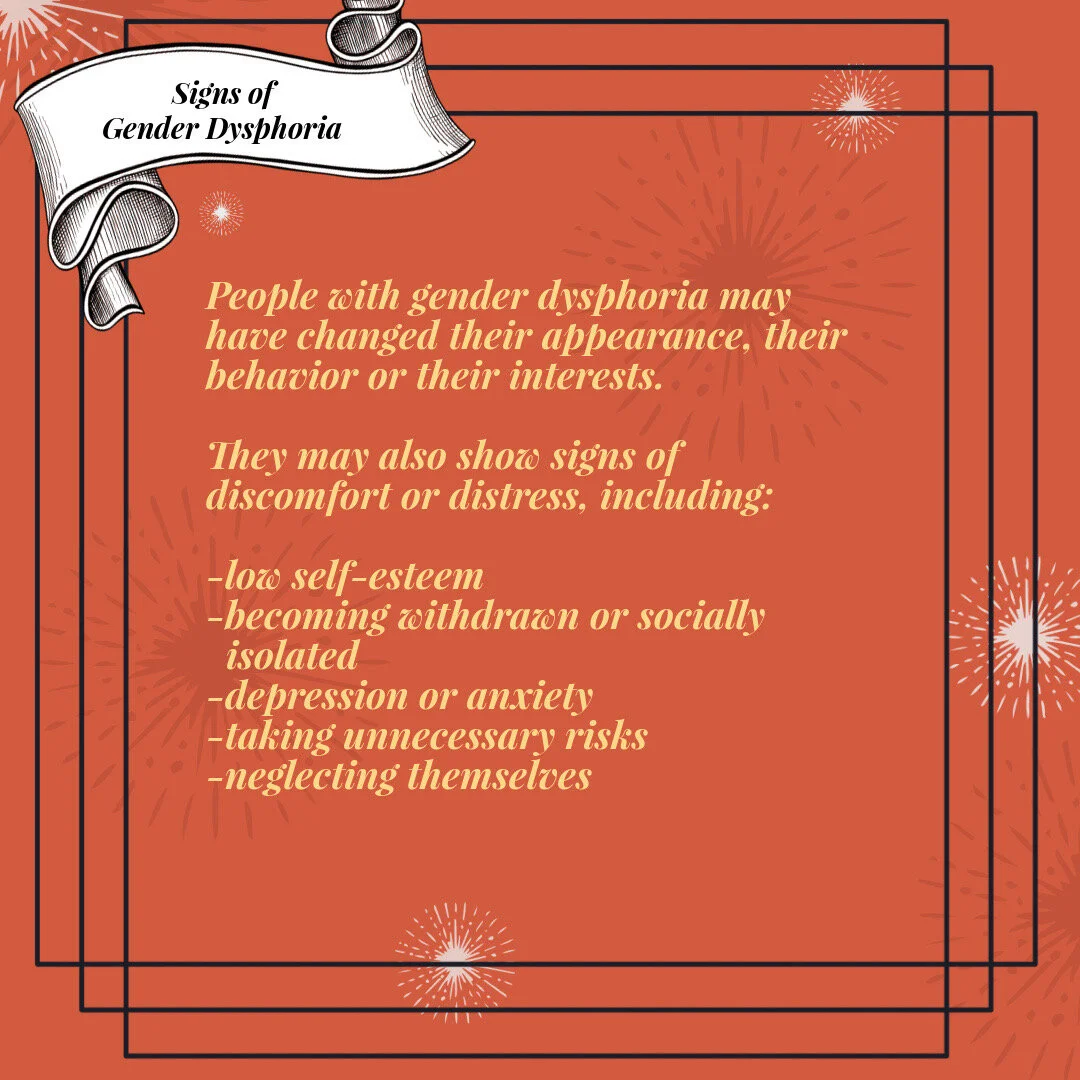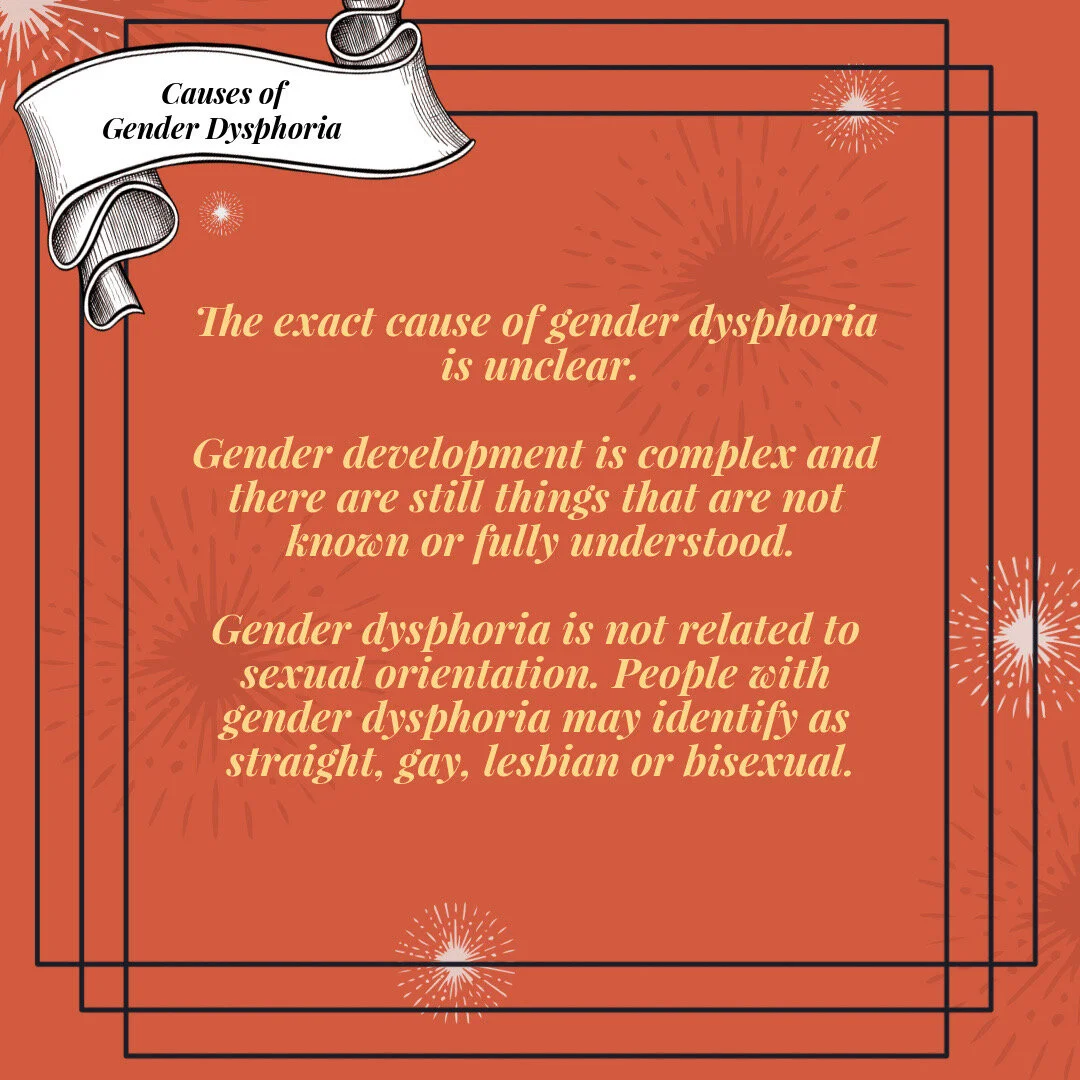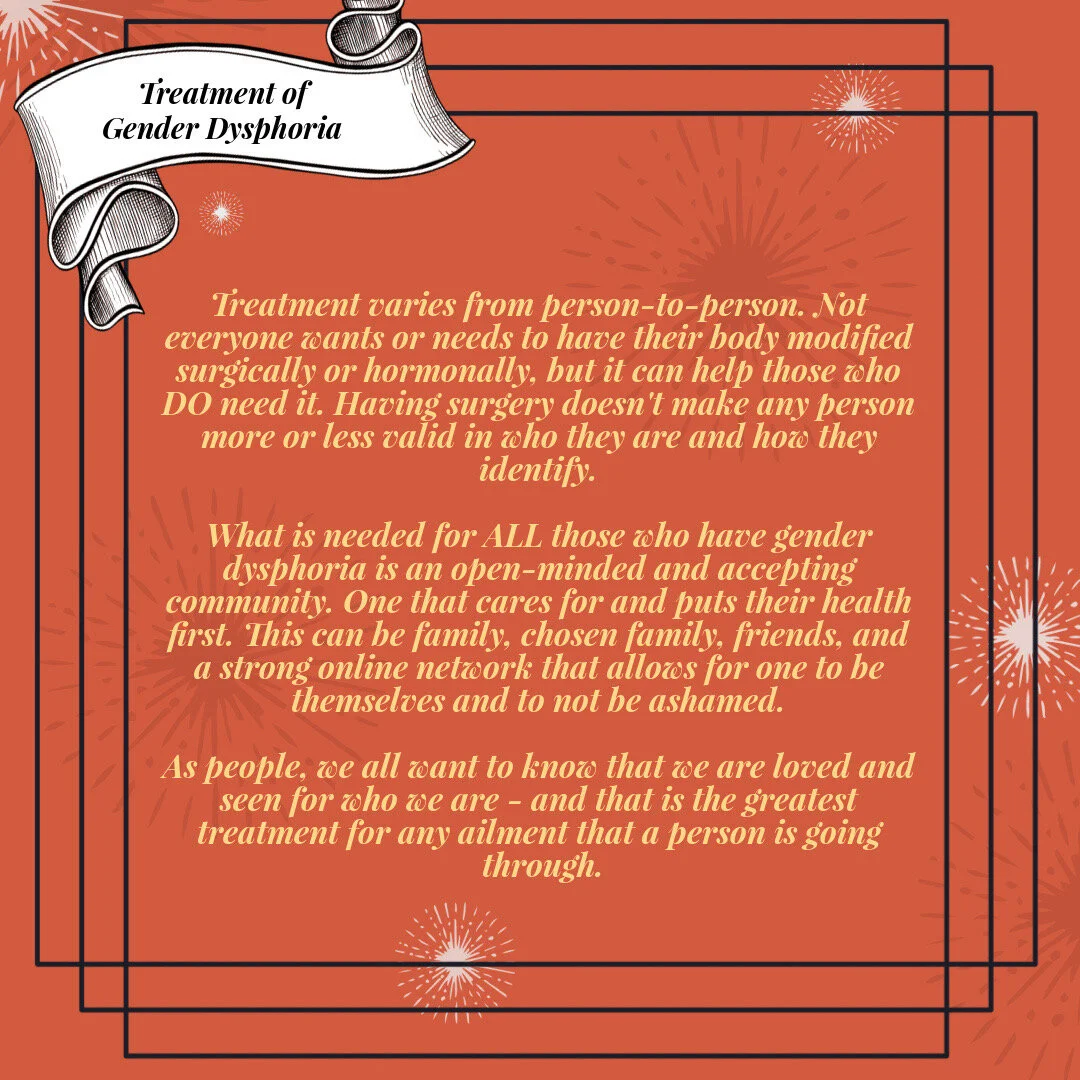Body Dysmorphia & Kolaches - an Unlikely Pair
GF/Vegan Kolaches
Ingredients:
For the d’oh:
620 grams (4 ½ cups) GF Bread flour/GF Pizza Crust Flour (Bob’s or KA)
5 Tbsp Sugar
1 tsp fine sea salt
1 tsp garlic powder
1 tsp onion powder
1/8 tsp ground cumin, mushroom powder, or paprika (your preference here!)
Wet Ingredients
12 grams active dry yeast
360 grams (1 ½ cup) warm water
140 grams (3/4 cup) unsalted butter melted – 2 sticks roughly
80 grams (6 Tbsp.) Olive Oil – or other neutral oil
4 large eggs (or four flax eggs; 12tbsp water, 4tbsp flax)
Filling(s)
15-18 pieces of sausage
Grated cheese of choice
OR
Fruit & Jam of your choice (apples and orange marmalade, raspberry preserve and strawberries, blueberries and blackberry jam, etc.)
Instructions:
For the Dough
In a large bowl, or the bowl of a stand mixer with the paddle attachment, combine the GF bread flour, sugar, salt & spices.
In a separate bowl, add the warm water, sugar, and yeast. Whisk to combine and allow the yeast to bloom and bubble. This will show that it’s alive. Let it sit for ten minutes. If there is no activity, then you need to start over with new yeast as the yeast used first wasn’t active.
In a separate bowl, make your flax eggs by combining the water and flax meal and allow that to sit as well.
Combine the melted butter and neutral oil in a separate container.
If using a mixer, turn to speed one and slowly add in the butter and oil mixture until combined. Continue on speed one and stream in the flax egg mixture until just coming together. Then add in the yeast and water mixture. If mixing by hand, add each in the order aforementioned, and combine really slowly with your hands or a wooden spoon (or Danish loop whisk!)
Lightly oil a bowl and put your dough inside. Cover with a towel and set in a warm place to rise for an hour and a half (in the oven, turned off, and with the light on is a great place – the heat from the light is just enough to keep the air warm and ensure it doesn’t get too cold)
For the Filling
Slice your sausage and have your shredded cheese at the ready! OR Mix your fruit with your jam or preserves! That’s it! Super easy.
Forming Your Kolaches
1. Take a ¼ cup scoop (an old-fashioned ice cream scoop or large wooden spoon would do!) and divide the dough into balls.
2. Dust a work surface with a smidge of GF flour and roll the balls one at a time into small rectangles. If they won’t roll easily, you can take your hands and press them into shape. They should roughly be 3in wide and 5-6in long.
3. On one end of the rectangle, place your filling. Then carefully roll it onto itself and set onto a baking sheet lined with parchment (9 per sheet). Once they’re all formed, allow them to sit and rise under a tea towel for 30 mins.
4. Meanwhile, preheat your oven to 350 Fahrenheit, or 165 Celsius.
5. Before putting the kolaches in the oven, brush with a little bit of oil and sprinkle a smidge of flaky salt on top for the savory ones, or turbinado sugar for the sweet ones.
6. Bake for 12 mins, rotate, and bake for another twelve.
7. As soon as they’re golden on top and they look done, take them out and transfer the kolaches to a wire rack. It’s imperative you do this immediately or they’ll have soggy bottoms.
8. Eat warm and enjoy!
**These freeze immensely well and can be kept in the fridge wrapped in a paper towel for a week.
Body Dysmorphic Disorder
Body dysmorphic disorder is a mental health disorder in which you can't stop thinking about one or more perceived defects or flaws in your appearance — a flaw that appears minor or can't be seen by others. But you may feel so embarrassed, ashamed and anxious that you may avoid many social situations.
When you have body dysmorphic disorder, you intensely focus on your appearance and body image, repeatedly checking the mirror, grooming or seeking reassurance, sometimes for many hours each day. Your perceived flaw and the repetitive behaviors cause you significant distress, and impact your ability to function in your daily life. You may seek out numerous cosmetic procedures to try to "fix" your perceived flaw. Afterward, you might feel better for a while, but often the anxiety returns and you may resume searching for other ways to fix your perceived flaw. Treatment of body dysmorphic disorder may include cognitive behavioral therapy and medication.
BDD is NOT gender dysphoria, however I go into that topic as well on the podcast and made that the infographic target for this week. Especially with National Coming Out Day around the corner (October 11th!) it is key to bring attention to what those in the LGBTQ+ community face on the daily INTERNALLY in addition to the external struggles.
Symptoms
Signs and symptoms of body dysmorphic disorder include:
Being extremely preoccupied with a perceived flaw in appearance that to others can't be seen or appears minor
Strong belief that you have a defect in your appearance that makes you ugly or deformed
Belief that others take special notice of your appearance in a negative way or mock you
Engaging in behaviors aimed at fixing or hiding the perceived flaw that are difficult to resist or control, such as frequently checking the mirror, grooming or skin picking
Attempting to hide perceived flaws with styling, makeup or clothes
Constantly comparing your appearance with others
Frequently seeking reassurance about your appearance from others
Having perfectionist tendencies
Seeking cosmetic procedures with little satisfaction
Avoiding social situations
Preoccupation with your appearance and excessive thoughts and repetitive behaviors can be unwanted, difficult to control and so time-consuming that they can cause major distress or problems in your social life, work, school or other areas of functioning.
You may excessively focus over one or more parts of your body. The feature that you focus on may change over time. The most common features people tend to fixate about include:
Face, such as nose, complexion, wrinkles, acne and other blemishes
Hair, such as appearance, thinning and baldness
Skin and vein appearance
Breast size
Muscle size and tone
Genitalia
A preoccupation with your body build being too small or not muscular enough (muscle dysmorphia) occurs almost exclusively in males.
Diagnosing BDD
The DSM-5 diagnostic criteria for BDD require the following:
Appearance preoccupations:The individual must be preoccupied with one or more nonexistent or slight defects or flaws in their physical appearance. “Preoccupation” is usually operationalized as thinking about the perceived defects for at least an hour a day (adding up all the time that is spent throughout the day). Note that distressing or impairing preoccupation with obvious appearance flaws (for example, those that are easily noticeable/clearly visible at conversational distance, such as obesity) is not diagnosed as BDD; rather, such preoccupation is diagnosed as “Other Specified Obsessive-Compulsive and Related Disorder.”
Repetitive behaviors:To qualify for a diagnosis of BDD, at some point during the course of the disorder, the individual must perform repetitive, compulsive behaviors in response to the appearance concerns. These compulsions can be behavioral and thus observed by others – for example, mirror checking, excessive grooming, skin picking, reassurance seeking, or clothes changing. Other BDD compulsions are mental acts – such as comparing one’s appearance with that of other people. Note that individuals who meet all diagnostic criteria for BDD except for this one are not diagnosed with BDD; rather, they are diagnosed with “Other Specified Obsessive-Compulsive and Related Disorder.”
Clinical significance:The preoccupation must cause clinically significant distress or impairment in social, occupational, or other important areas of functioning. This criterion helps to differentiate the disorder BDD, which requires treatment, from more normal appearance concerns that typically do not need to be treated with medication or therapy.
Differentiation from an eating disorder:If the appearance preoccupations focus on being too fat or weighing too much, the clinician must determine that these concerns are not better explained by an eating disorder. If the patient’s only appearance concern focuses on excessive fat or weight, and the patient’s symptoms meet diagnostic criteria for an eating disorder, then he or she should be diagnosed with an eating disorder, not BDD. However, if diagnostic criteria for an eating disorder are not met, then BDD can be diagnosed, as concerns with fat or weight in a person of normal weight can be a symptom of BDD. It is not uncommon for patients to have both an eating disorder and BDD (the latter focusing on concerns other than weight or body fat).
Specifiers: Once BDD is diagnosed, clinicians should assess the two DSM-5 BDD specifiers to identify meaningful subgroups of individuals with BDD:
Muscle dysmorphia:The muscle dysmorphia form of BDD is diagnosed if the individual is preoccupied with concerns that that his or her body build is too small or insufficiently muscular. Many individuals with muscle dysmorphia are additionally preoccupied with other body areas; the muscle dysmorphia specifier should still be used in such cases. Individuals with the muscle dysmorphia form of BDD have been shown to have even higher rates of suicidality and substance use disorders, as well as poorer quality of life, than individuals with other forms of BDD. In addition, the treatment approach may require some modification.
Insight specifier: This specifier indicates degree of insight regarding BDD beliefs (for example, “I look ugly” or “I look deformed”) – that is, how convinced the individual is that his/her belief about the appearance of the disliked body parts is true. Levels of insight are “with good or fair insight,” “with poor insight,” and “with absent insight/delusional beliefs.” Note that absent insight/delusional beliefs are diagnosed as BDD, not as a psychotic disorder.
Differential Diagnosis
BDD is commonly misdiagnosed as one of the following disorders:
Obsessive Compulsive Disorder: If preoccupations and repetitive behaviors focus on appearance (including symmetry concerns), BDD should be diagnosed rather than OCD.
Social anxiety disorder (social phobia): If social anxiety and social avoidance are due to embarrassment and shame about perceived appearance flaws, and diagnostic criteria for BDD are met, BDD should be diagnosed rather than social anxiety disorder (social phobia).
Major depressive disorder: Unlike major depressive disorder, BDD is characterized by prominent preoccupation and excessive repetitive behaviors. BDD should be diagnosed in individuals with depression if diagnostic criteria for BDD are met.
Trichotillomania (hair-pulling disorder): When hair tweezing, plucking, pulling, or other types of hair removal is intended to improve perceived defects in the appearance of body or facial hair, BDD should be diagnosed rather than trichotillomania (hair-pulling disorder).
Excoriation (skin-picking disorder): When skin picking is intended to improve perceived defects in the appearance of one’s skin, BDD should be diagnosed rather than excoriation (skin-picking disorder).
Agoraphobia: Avoidance of situations because of fears that others will see a person’s perceived appearance defects should count toward a diagnosis of BDD rather than agoraphobia.
Generalized anxiety disorder: Unlike generalized anxiety disorder, anxiety and worry in BDD focus on perceived appearance flaws.
Schizophrenia and schizoaffective disorder: BDD-related psychotic symptoms – i.e., delusional beliefs about appearance defects or BDD-related delusions of reference – reflect the presence of BDD rather than a psychotic disorder.
Olfactory reference syndrome: Preoccupation with emitting a foul or unpleasant body odor is a symptom of olfactory reference syndrome, not BDD (although these two disorders have many similar characteristics).
Eating disorder: If a normal-weight person is excessively concerned about being fat or their weight, meets other diagnostic criteria for BDD, and does not meet diagnostic criteria for an eating disorder, then BDD should be diagnosed.
Dysmorphic concern: This is not a DSM diagnosis, but it is sometimes confused with BDD. It focuses on appearance concerns but also includes concerns about body odor and non-appearance related somatic concerns, which are not BDD symptoms.
Many patients with BDD do not easily reveal their BDD symptoms to their clinician because they are too embarrassed and ashamed, fear being negatively judged (e.g., considered vain), feel the doctor will not understand their appearance concerns, or do not know that body image concerns are treatable with psychiatric medication and/or therapy. Yet, research has shown that patients want their clinician to ask them about BDD symptoms. It is especially important to inquire about BDD symptoms in mental health settings, substance abuse settings, and settings where cosmetic treatment is provided (e.g., surgical, dermatologic, dental).
On LGBTQ and body dysmorphia
Before we delve into this topic, I want to clarify: I am not talking about gender dysphoria (GD), which is the incongruence someone can face when their internal experience of gender does not match the gender assigned to them at birth. Some, though not all transgender people, experience GD. I’m talking about body dysmorphic disorder (BDD) which is marked by an obsession with perceived flaws in one’s physical appearance in regard to skin or muscular development (i.e. having a big nose). To help distinguish between the two, click the button below to read a piece by someone who is transgender.
Here is an excerpt from an article on the Body Image website by Andrew Wallen:
While BDD may impact anyone, people in the LGBT community may be at a higher risk of facing this diagnosis. BDD can be life-altering, leading to social isolation, severe depression, and/or multiple unnecessary cosmetic surgeries.
Some men with BDD experience a specific type called muscle dysmorphia, in which they believe their body is not muscular or lean enough. Muscle dysmorphia can lead to illegal drug use to enhance muscle tone. In 2014, a study found that steroid use is four times higher among gay and bi teen boys compared to straight boys.
So what is causing these higher rates of BDD in the LGBTQ community? One part of the problem is the way the media shows idealized (and unrealistic) pictures of LGBTQ people. As writer Michael Abernathy observed, “Magazines aimed at gay men present retouched images of gym bunny models with washboard abs, glittering white teeth and coiffed hair.” Undoubtedly, these unattainable ideals about what someone “should” look like get internalized and, in some cases, contribute to the development of BDD.
Eating disorders (or ED) are different from BDD but they can occur together. We know that members of the LGBT community suffer from ED at disproportionately high rates. But culturally competent help is available. For the trans/gender-diverse, a wealth of knowledge and support is available through T-FFED which stands for Trans Folx Fighting Eating Disorders.
Though it can feel like an alphabet soup, these acronyms help us spread the word: devastating disorders like BDD and ED are impacting too many LGBTQ people. Yet, regardless of label or identity, we can all unite to work to reduce the barriers to treatment for people living with these challenges.
Helpful Links:
https://www.urbandictionary.com/define.php?term=body+dysmorphic+disorder
Baking-ish is a podcast produced and edited by Fahrenheit Co., a U.S. based entity run and organized by Ren Newman.
**I am not a mental health professional. Please talk to a healthcare professional before doing or changing anything within your daily life. These experiences and opinions reflect only my personal experiences.
